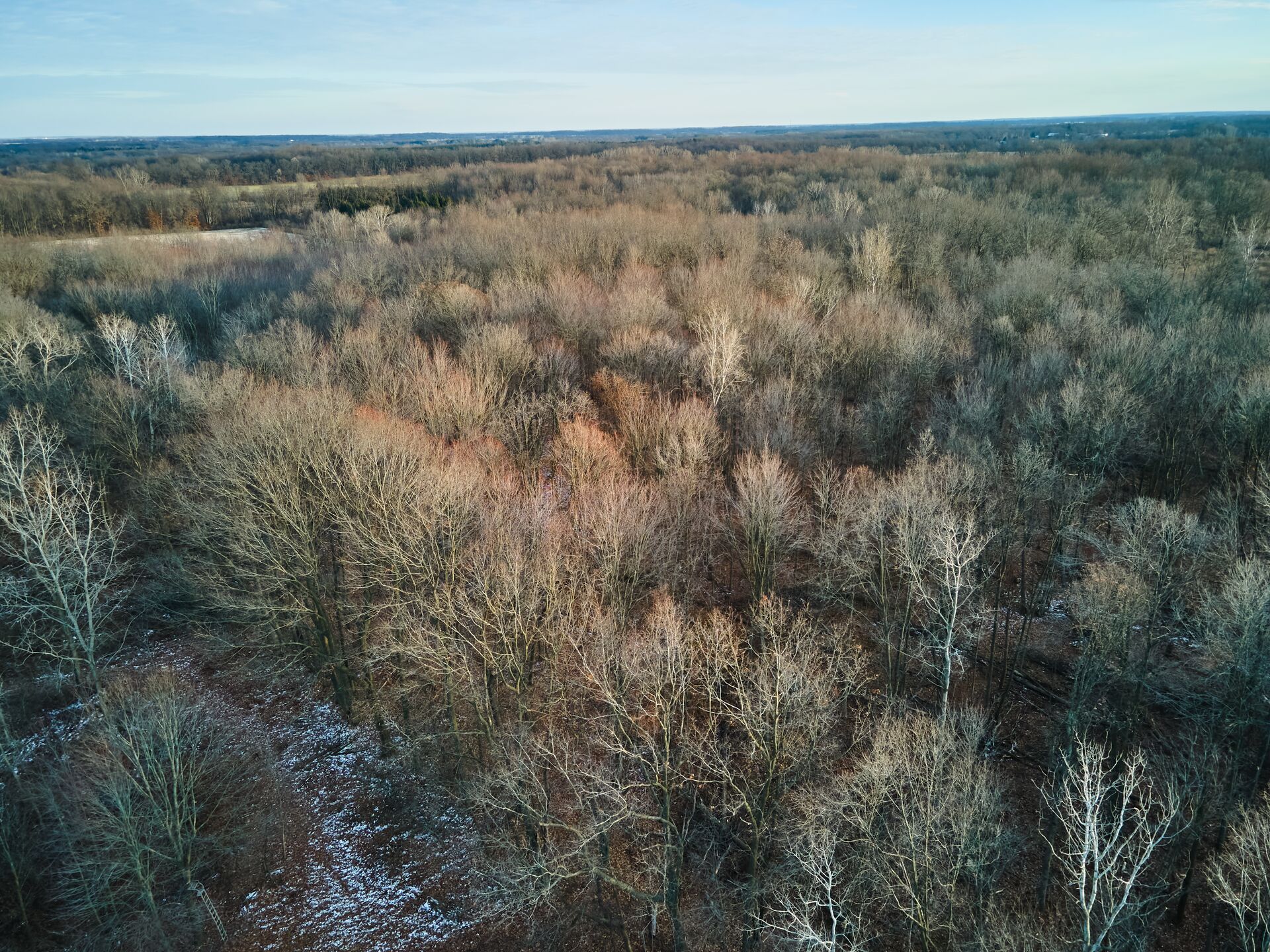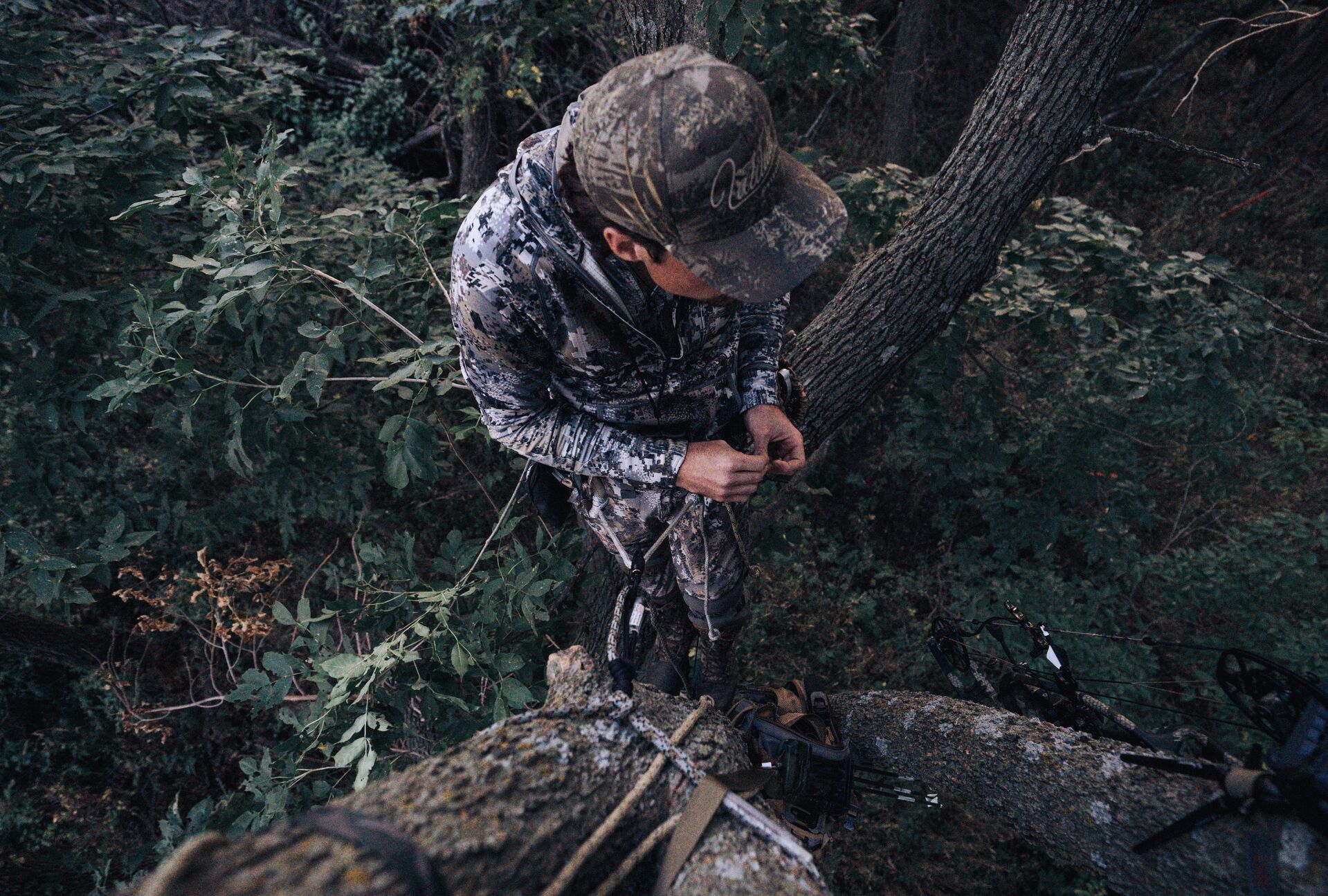Field Guide / Gear
Cellular Trail Cams: A Guide on How to Use Them for Hunting Success
What if you could have live footage and images of animal movements in your intended hunting zone all year round? For many hunting and outdoor enthusiasts, trail cams provide a window into the natural environment, providing otherwise unseen insights into animal movements undisturbed by human presence.
Previous in Gear
More Content Like This
4 Rifles That Are Efficient And Economical
It’s no secret that hunting might just be one of the most exhilarating, yet expensive, lifestyles to date. From purchasing a new tree stand, to being geared up with clothing that will keep you warm, it seems that there is always something us hunters...Read More
Read More
How to Find Where to Hunt Near Me
Many hunters are willing (and anxious) to travel to conquer game on their hunting bucket lists – but what about hunting closer to home? Chances are, hunting nearby is where you learned to hunt and hunt most often. Read More
Read More
Best Hunting Saddles and Accessories for 2024
Hunters have many options for pursuing game in the whitetail woods. You could hunt a permanent blind or a pop-up ground blind. Or, you could choose to go to an old ladder stand you helped your dad set up when you were younger. However, in recent year...Read More
Read More Gear
Gear4 Rifles That Are Efficient And Economical
It’s no secret that hunting might just be one of the most exhilarating, yet expensive, lifestyles to date. From purchasing a new tree stand, to being geared up with clothing that will keep you warm, it seems that there is always something us hunters...Read More
Read More Gear
GearHow to Find Where to Hunt Near Me
Many hunters are willing (and anxious) to travel to conquer game on their hunting bucket lists – but what about hunting closer to home? Chances are, hunting nearby is where you learned to hunt and hunt most often. Read More
Read More Gear
GearBest Hunting Saddles and Accessories for 2024
Hunters have many options for pursuing game in the whitetail woods. You could hunt a permanent blind or a pop-up ground blind. Or, you could choose to go to an old ladder stand you helped your dad set up when you were younger. However, in recent year...Read More
Read More
1 of 3
More Content Like This

Best Hunting Saddles and Accessories for 2024
Hunters have many options for pursuing game in the whitetail woods. You could hunt a permanent blind or a pop-up ground blind. Or, you could choose to go to an old ladder stand you helped your dad set up when you were younger. However, in recent year...Read More
Read More
How to Find Where to Hunt Near Me
Many hunters are willing (and anxious) to travel to conquer game on their hunting bucket lists – but what about hunting closer to home? Chances are, hunting nearby is where you learned to hunt and hunt most often. Read More
Read More4 Rifles That Are Efficient And Economical
It’s no secret that hunting might just be one of the most exhilarating, yet expensive, lifestyles to date. From purchasing a new tree stand, to being geared up with clothing that will keep you warm, it seems that there is always something us hunters...Read More
Read More Gear
GearBest Hunting Saddles and Accessories for 2024
Hunters have many options for pursuing game in the whitetail woods. You could hunt a permanent blind or a pop-up ground blind. Or, you could choose to go to an old ladder stand you helped your dad set up when you were younger. However, in recent year...Read More
Read More Gear
GearHow to Find Where to Hunt Near Me
Many hunters are willing (and anxious) to travel to conquer game on their hunting bucket lists – but what about hunting closer to home? Chances are, hunting nearby is where you learned to hunt and hunt most often. Read More
Read More Gear
Gear4 Rifles That Are Efficient And Economical
It’s no secret that hunting might just be one of the most exhilarating, yet expensive, lifestyles to date. From purchasing a new tree stand, to being geared up with clothing that will keep you warm, it seems that there is always something us hunters...Read More
Read More
1 of 3




